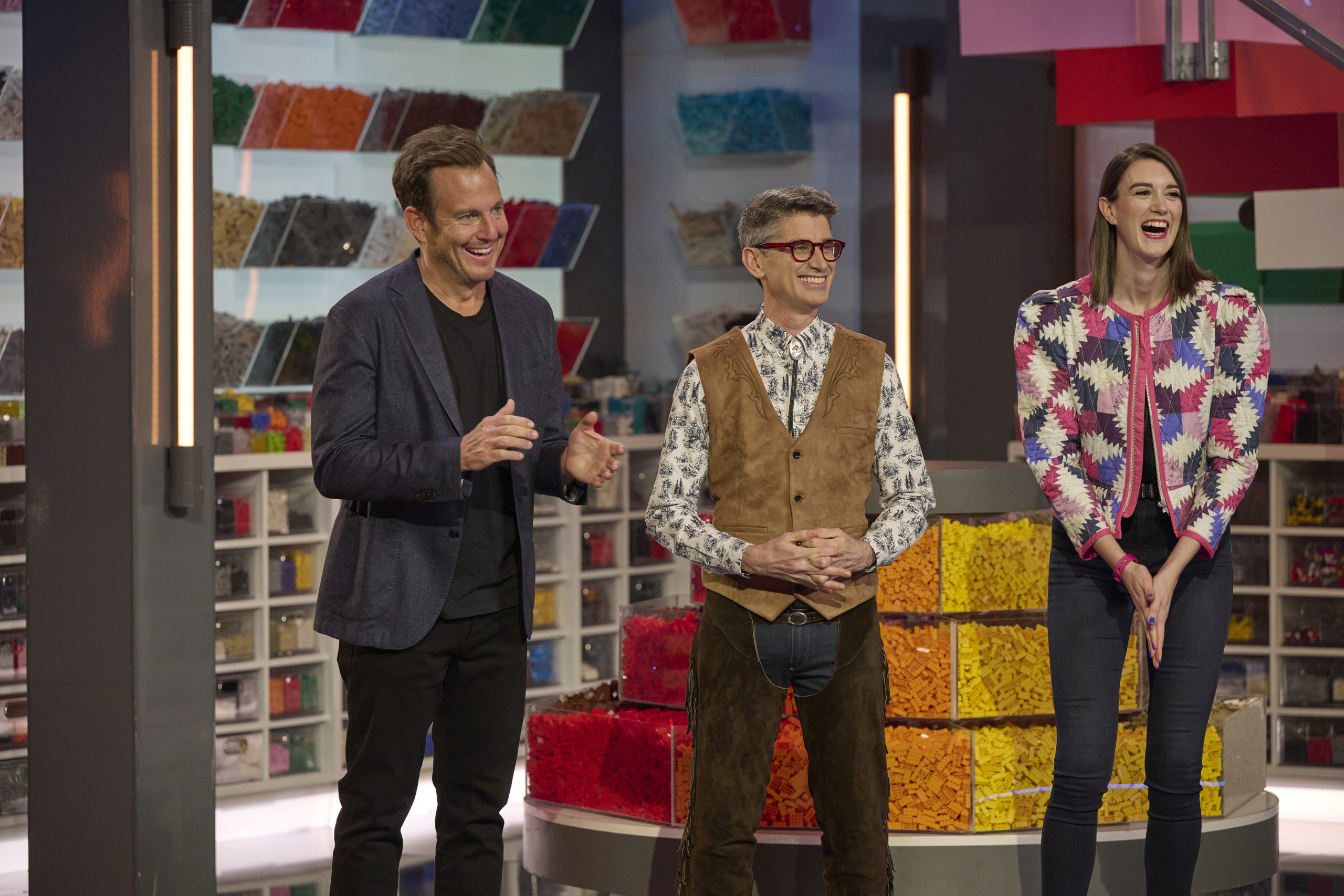#COVID-19 lockdowns seriously deepen the economic divide

“#COVID-19 lockdowns seriously deepen the economic divide”

What Smil sees now, he writes, he finds puzzling. The COVID-19 death rate per million is about one-fifth that of the 1957-58 Asian flu and one-third that of the 1968-70 Hong Kong flu.
Yet these earlier pandemics had only “evanescent economic consequences” and did not “leave any deep, traumatic traces in memories” of the 350 million people who, like Smil (and me), were 10 or older during both. “Countries did not resort to any mass-scale economic lockdowns, enforce any long-lasting school closures, ban sports events or cut flight schedules deeply,” Smil writes.
Why not? “Was it because we had no fear-reinforcing 24/7 cable news, no Twitter and no incessant and instant case-and-death tickers on all our electronic screens?” asks the non-cellphone-owner Smil. “Or is it we ourselves who have changed, by valuing recurrent but infrequent risks differently?”
Some of both is my tentative answer. As I’ve written before, Americans’ child-rearing practices, as Jonathan Haidt and Greg Lukianoff have documented, are increasingly risk-averse. But not entirely consistently: Kids are kept in car seats till age 9 and then encouraged to ride bicycles in heavy traffic a few years later.
And some Americans are more risk-averse than others. Polls show that political liberals are more likely than political conservatives to wear masks and support extended lockdowns (except for “mostly peaceful” demonstrations against police).
But one-dimensional risk aversion has produced extended lockdowns with significant public health costs: reduced cancer and cardiac screenings, fewer childhood vaccinations, undue skepticism toward any COVID vaccine. And it’s plainly damaging liberals’ own causes.
Thus, Democrats, unlike Republicans, have been refraining from door-to-door campaigning — until Oct. 1, when Democrats decided they needed the personal touch.
Similarly, Democratic pols encouraged their voters’ aversion to voting in person, until they realized that there would be many spoiled or undelivered ballots in states with voters and officials unfamiliar with postal voting.
Lockdowns, more stringent in Democratic states than Republican states, have produced higher unemployment and greater drops in state revenues. Keeping unionized public schools closed is driving parents to private schools, home schooling and improvised pods.
As New York Times columnist Ross Douthat notes, schools are now open for approximately half of white pupils but only one-quarter of black and Hispanic pupils. For many minority children, he writes, “a key legacy of 2020 may be a well-intentioned liberal betrayal of their interests, a hollowing-out of the institutions that protect and serve them and the deepening of America’s racial inequalities.” But extreme risk aversion imposes few costs for affluent liberals who can work comfortably and for full pay on home computers.
Which leads back to Vaclav Smil’s question: Why do we have economic lockdowns, school closures and empty stadiums and airliners when we didn’t before? My answer is a paraphrase of former President Bill Clinton’s explanation for his sexual adventures in the White House: because we can.
In Clinton’s 1990s, we didn’t have smartphones, Wi-Fi, Zoom. Now we — the affluent “we” have been the lockdown’s biggest backers — do. In my email today, I got an ad for a $16 million house in the Hamptons, complete with home office, gym and sauna. No need to go into Manhattan.
Meanwhile, in Baltimore, 12-year-old Shemar, whom Alec MacGillis had been tutoring, is staying up late watching TV and sleeping in, unable to log in to the virtual classes the city’s unionized public schools are providing. “Broadband internet,” wrote a respondent on MacGillis’s Twitter feed, “is actually sabotaging our kids. Without it, there wouldn’t even be ‘virtual learning’ as an option, and every school in the country would have no choice but to take every kid back and just make the best of it.”
Vaclav Smil is right in documenting how technological progress has vastly improved ordinary people’s lives. But excessive risk aversion can make for exceptions.
For forums sites go to Forum.BuradaBiliyorum.Com
If you want to read more News articles, you can visit our News category.




